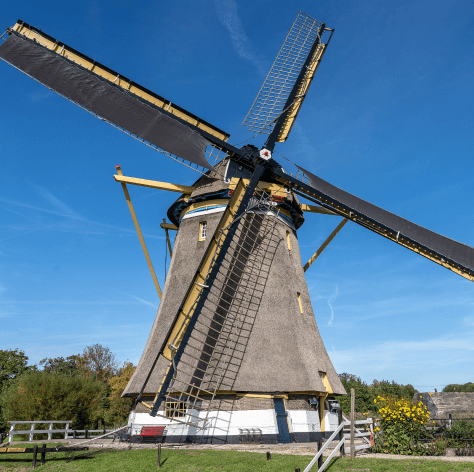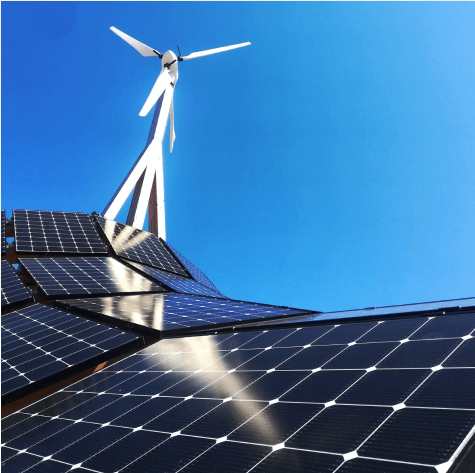Renewable Energy Grid Integration
Renewable Energy Grid Integration involves the seamless incorporation of various renewable energy sources, such as solar, wind, hydro, and geothermal, into existing power grids. This complex process aims to optimize the utilization of renewable energy by efficiently managing the variability and intermittency inherent in these sources. It requires sophisticated technologies and strategies to balance supply and demand, ensure grid stability, and enhance overall energy reliability.Grid integration involves the development of smart grids, energy storage solutions, and advanced control systems to facilitate the smooth integration of renewable energy, minimizing environmental impact while maximizing the contribution of clean and sustainable power to the overall energy mix.
This interdisciplinary field addresses technical, economic, and regulatory challenges to create a more resilient and environmentally friendly energy infrastructure.
Renewable Energy Grid Integration represents a pivotal paradigm shift in the global energy landscape, ushering in a new era characterized by sustainability, resilience, and a departure from traditional fossil fuel dependence. This comprehensive and transformative approach seeks to seamlessly incorporate various renewable energy sources, such as solar, wind, hydropower, and geothermal, into existing power grids, thereby optimizing their efficiency, reliability, and overall performance.
At its core, Renewable Energy Grid Integration addresses the inherent intermittency and variability of renewable sources, mitigating challenges associated with unpredictable weather patterns and fluctuating energy production. The integration process involves the sophisticated coordination of diverse technologies, advanced control systems, and intelligent infrastructure to ensure a harmonious and stable energy supply.
A cornerstone of this integration is the development and deployment of Smart Grids, which leverage cutting-edge technologies, including Internet of Things (IoT) devices, advanced sensors, and machine learning algorithms. These elements work synergistically to enhance real-time monitoring, control, and decision-making capabilities within the grid, allowing for dynamic adjustments based on the availability and demand of renewable energy resources.
David Parker
Sed non urna bibendum eget pellentesque efficitur id eget nisl. sed non ultricies eget pellentesque efficitur id eget nisl.








Leave a Reply
You must be logged in to post a comment.